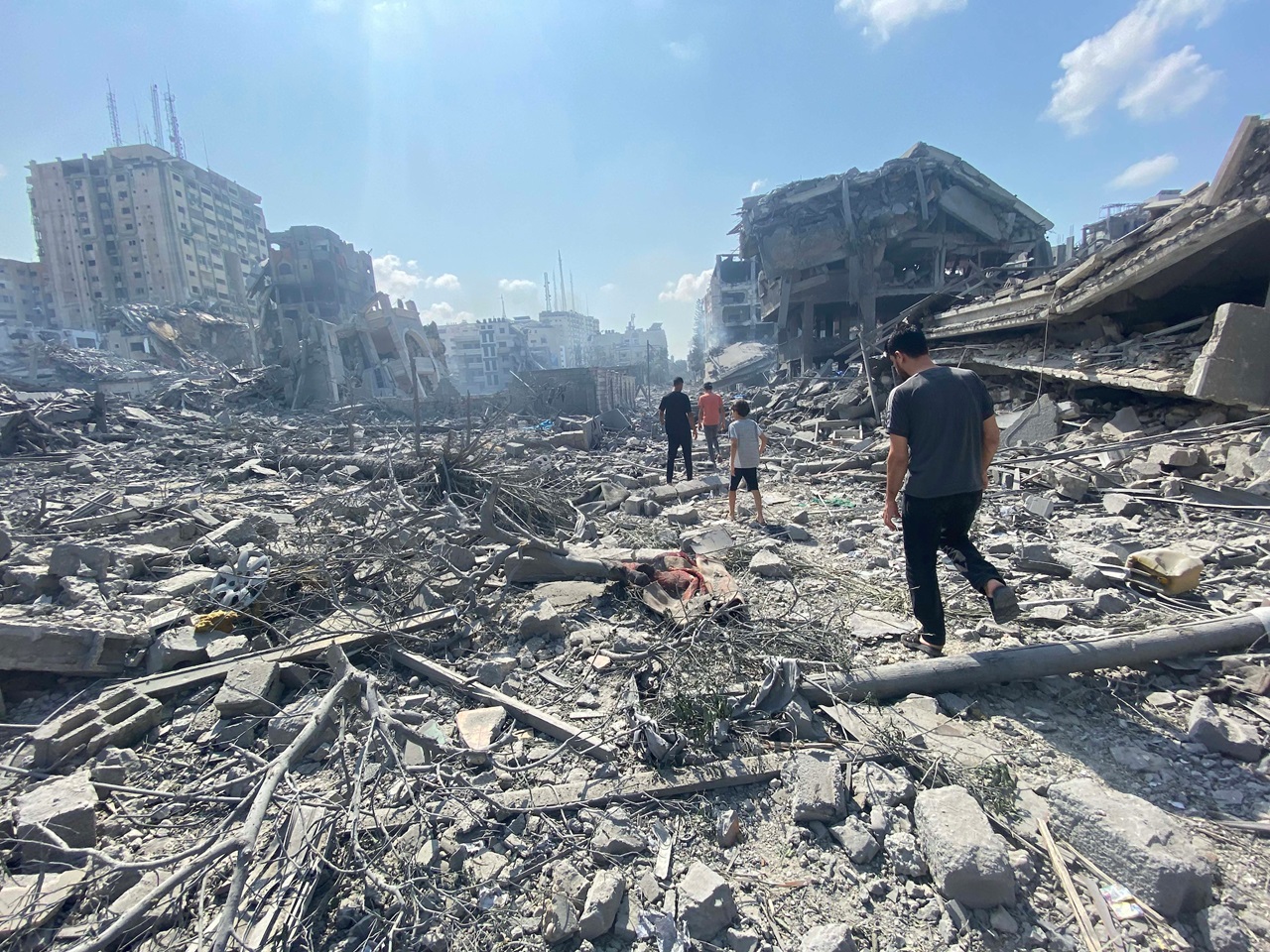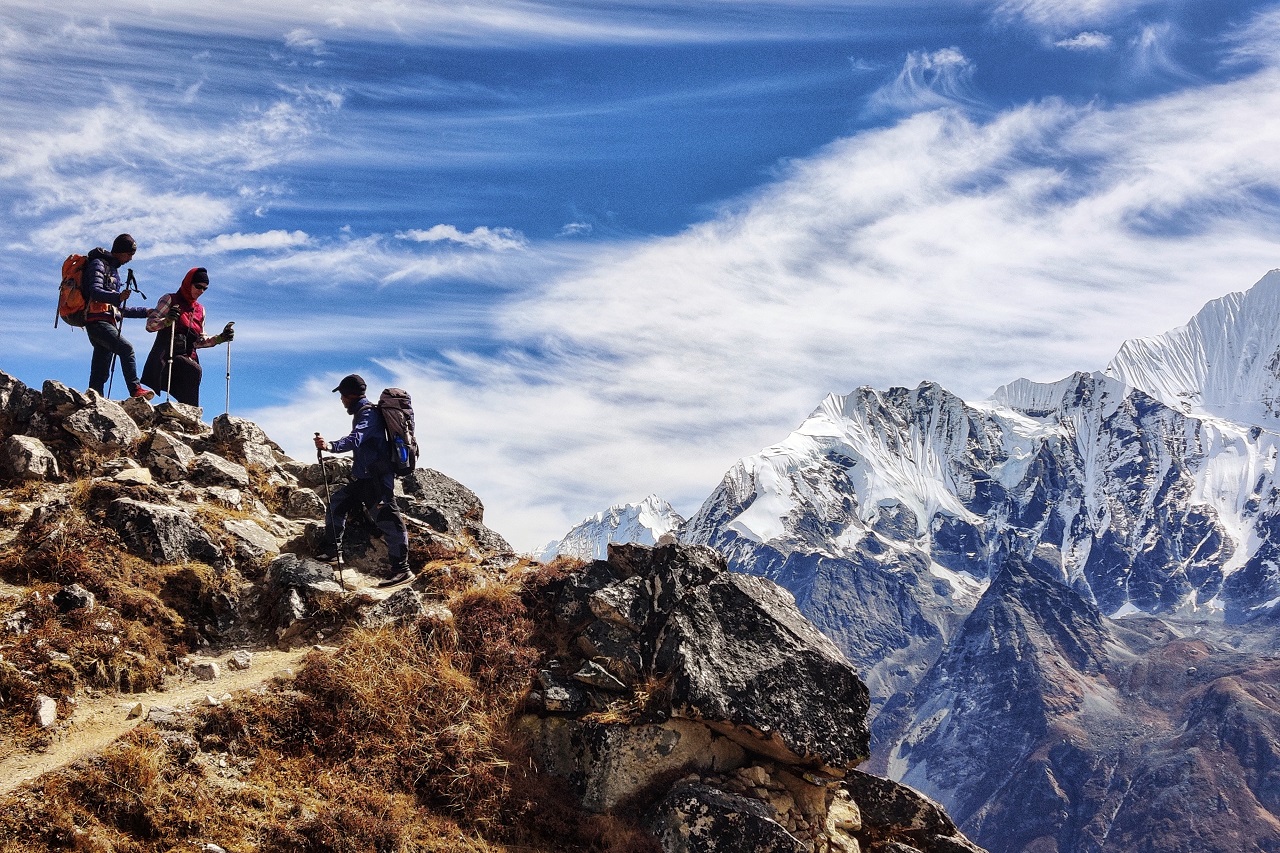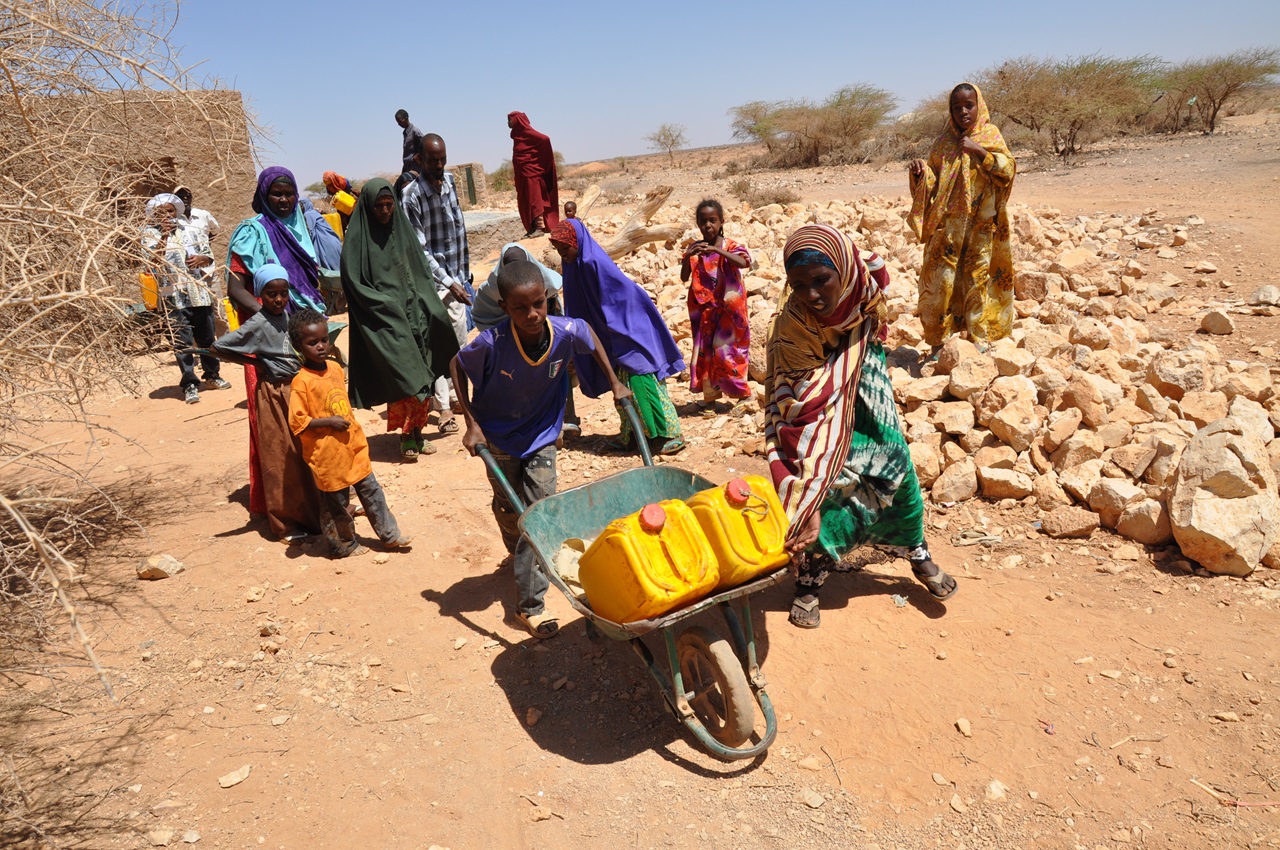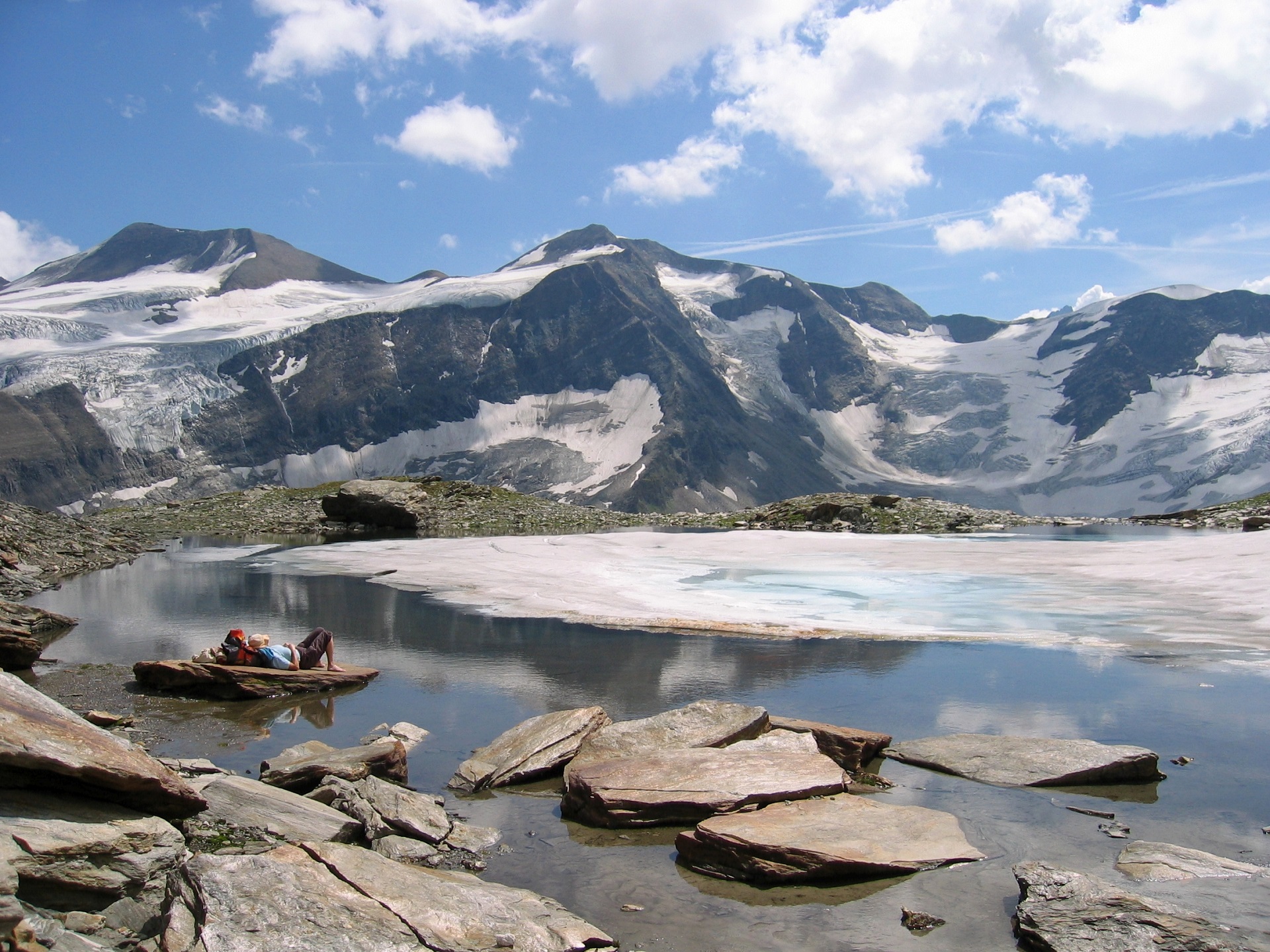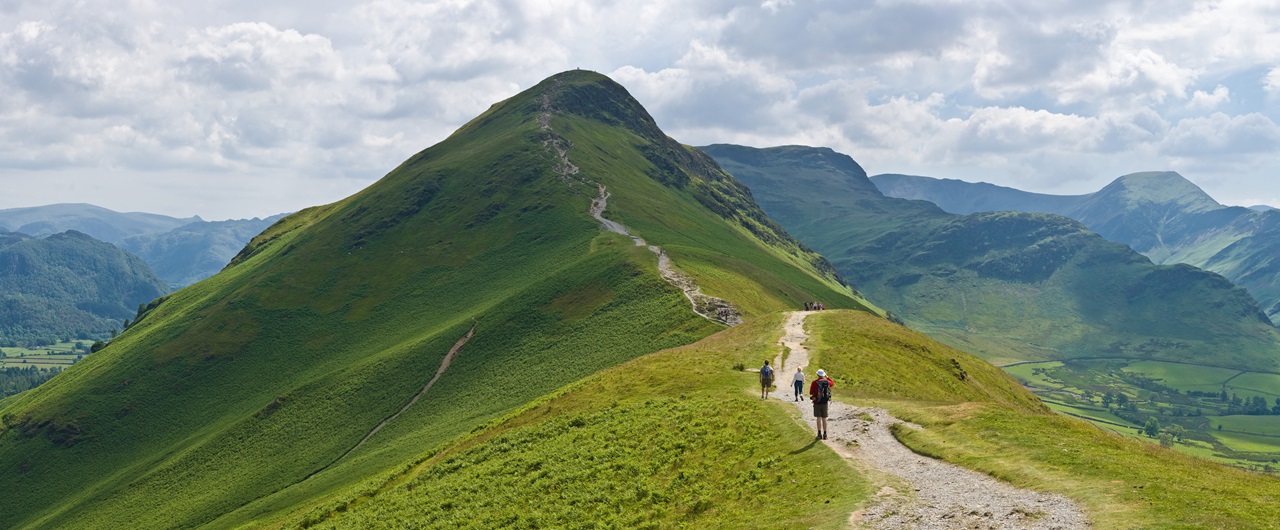1. Grasping the Gravity of the Decision
Travel to conflict zones isn’t a decision to take lightly. It demands thorough research, preparation, and self-reflection. Why are you choosing this destination? If it’s for tourism, you might want to reconsider. However, if it’s a pressing matter, then preparing adequately becomes paramount.
2. Deep Dive into Current Situations
Knowledge stands as your first line of defense. Make it a point to stay updated about the region’s situation. Various online platforms offer real-time information. Yet, prioritize local news outlets and global organizations for unbiased insights. By understanding the ongoing dynamics, you can predict potential hazards. The keyphrase here is “real-time safety updates.” Make it your mantra before and during your travel.
3. Building a Strong Local Network
Building connections with locals ahead of your visit can be a game-changer. They often provide advice that’s invaluable. Rely on them for real-time safety updates. Platforms like Couchsurfing or local forums can be starting points. But remember, always verify your sources. A strong local network will not only keep you informed but may also offer refuge in emergencies.
4. Essential Preparations Before Departure
Packing for conflict zones differs vastly from a beach vacation. Focus on necessities, with a keen eye on safety equipment. Items like a first-aid kit, satellite phone, and personal alarm can make a difference. Keep digital copies of your documents. Store them in multiple places, both online and offline. Insurance is another factor to consider. Secure a plan that covers travel to high-risk destinations. It can ease your mind and pocket if things take a turn.
5. Staying Inconspicuous and Respectful
Blending in should be your goal. Flashy displays of wealth or unfamiliarity can draw unwanted attention. Wear local attire, and respect cultural norms. Learn basic local phrases, as they can bridge gaps. Additionally, steer clear of political discussions or public gatherings. Your focus should be on safety first, understanding later.
When planning to venture into volatile areas, a blend of thorough preparation and continuous vigilance is crucial. Remember, the essence of travel, even to conflict zones, should be respect and understanding. Equip yourself with real-time safety updates, local insights, and essential tools. Prioritize safety above all, and let your journey be an enlightening experience, not a cautionary tale.
6. Health Preparations: Beyond the Basics
In conflict zones, the health infrastructure may be compromised. Hence, it’s crucial to preempt potential health issues. Visit your doctor for a complete health check and vaccinations. Malaria, typhoid, and yellow fever are prevalent in some troubled areas. Discuss your travel plans and get the necessary shots. Also, stock up on essential medications and keep them in easily accessible spots. Remember to check for real-time safety updates related to any outbreaks or health warnings in the region.
7. Digital Safety: Protecting Your Data
Your digital footprint matters, especially in sensitive areas. Cybersecurity becomes paramount. Encrypt your devices and use strong, unique passwords. Consider using a VPN (Virtual Private Network) to ensure online privacy. Avoid posting real-time updates on social media, as it can draw unwanted attention. Instead, focus on gathering real-time safety updates and crucial information for your journey.
8. Understanding Local Customs and Taboos
Every region, even the troubled ones, has its set of customs and taboos. Respecting them is not just about being polite. It’s about ensuring safety. For instance, in some areas, photography might be frowned upon or even illegal, especially around sensitive sites. A simple act of taking a photo can land you in serious trouble. Before engaging in any activity, gauge its acceptance in the local community. A quick online search or a chat with locals can save you from potential hazards.
9. Establishing Safe Zones and Exit Plans
Before you even set foot in the conflict zone, identify safe areas. These could be international embassies, NGO offices, or trusted local contact points. Know their locations, contact numbers, and the quickest routes to reach them. An exit strategy is equally vital. Understand the quickest ways out of the country, be it by land, sea, or air. Continually refer to real-time safety updates to ensure these routes remain accessible and safe.
10. Mental Preparedness: Staying Calm under Pressure
Physical preparations are essential, but mental readiness is just as crucial. The stress of being in a volatile environment can take a toll. Consider taking courses in conflict zone survival or stress management. Familiarize yourself with techniques to stay calm, like deep breathing or visualization. Being mentally equipped not only helps you navigate challenges but also aids in making rational decisions when under duress.
Embarking on a journey to a conflict zone requires multifaceted preparation. From health and digital safety to understanding local nuances and establishing exit strategies, each aspect plays a critical role. Always prioritize gathering real-time safety updates. With careful planning and a keen sense of awareness, you can navigate these challenging terrains more securely.
11. Communication is Key
Always keep someone informed about your whereabouts. Choose a reliable contact back home and establish regular check-in times. Equip yourself with a satellite phone, especially if traveling to remote areas where connectivity is unreliable. Your contact should have a copy of your itinerary, local contacts, and important identification details. This ensures that, in case of emergencies, someone is aware and can help coordinate assistance. Besides personal contacts, also stay tuned to real-time safety updates to keep abreast of the situation.
12. Transportation: Choose Wisely
In conflict zones, the mode of transportation you select can significantly influence your safety. Avoid public transportation during peak times, as these can be targeted. Opt for reputable private transport companies, and always verify the credentials of drivers or guides. Familiarize yourself with local road conditions and potentially unsafe routes. Cross-reference your path with real-time safety updates to avoid recently compromised areas.
13. Staying Alert: The Power of Observation
Your senses are your best allies. Cultivate a heightened sense of observation. Notice the mood of the crowd, the presence of security forces, and any unusual activities. Often, locals have an instinctive understanding of impending danger. If you see them moving in a particular direction or sense panic, it might be wise to follow suit. Trusting your instincts, combined with the knowledge from real-time safety updates, can be life-saving.
14. Accommodation: Safe Havens
Your choice of lodging plays a crucial role in ensuring safety. Opt for accommodations with good reviews, preferably from fellow travelers who have visited recently. Avoid ground floor rooms, as they are more accessible. Ensure your room has locks, and always use safety chains. Familiarize yourself with emergency exits. Keep a low profile, avoid drawing attention, and as always, refer to real-time safety updates for any security alerts in your vicinity.
15. Reflection: Absorbing the Experience
Traveling to a conflict zone isn’t just about the adrenaline. It offers a unique perspective into the resilience of humanity and the complexities of global politics. Take time to reflect on your experiences, noting the lessons learned and stories encountered. Engage in dialogues, not debates, with locals, and absorb their narratives. And while the emphasis on safety is paramount, remember to appreciate the rich tapestry of cultures and histories that such regions offer.
Traveling to conflict zones undeniably requires robust preparation and unwavering alertness. Yet, the insights gained from such journeys are unparalleled. By staying equipped with real-time safety updates and following the guidelines shared, travelers can navigate these areas with increased confidence. While the risks are real, the rewards, in terms of understanding and personal growth, are immeasurable. Embrace the challenge, but always prioritize safety and respect above all. Safe travels!

